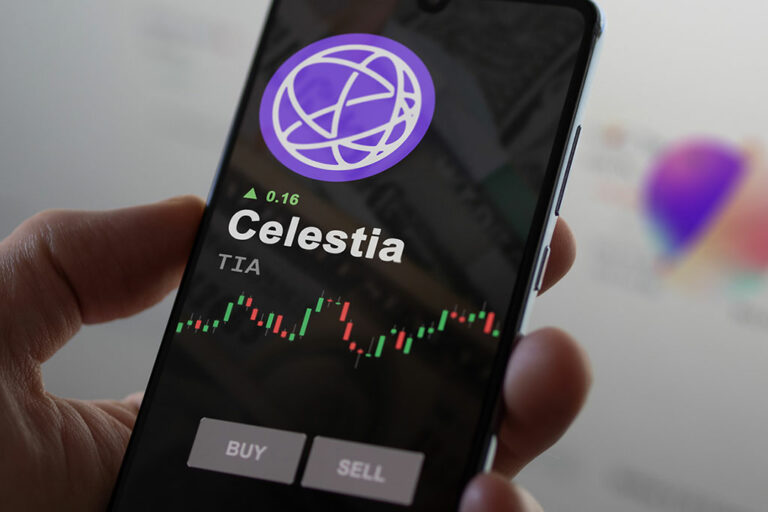The deployment brings DAS technology into play, which offers an innovative scaling approach. It allows blockchain nodes to verify data availability for specific blocks without the need to download the entire datase
In the latest development, modular network Celestia successfully deployed its mainnet beta, known as “Lemon Mint”, which brings data availability sampling (DAS) technology into play.
DAS offers an innovative scaling approach that allows blockchain nodes to verify data availability for specific blocks without the need to download the entire dataset. “LazyLedger” had originally introduced this concept via a whitepaper four years ago. Speaking on the development, Ekram Ahmed, spokesperson at the Celestia Foundation said:
“What was once considered a wild moonshot is now a reality four years after the LazyLedger whitepaper was published. Celestia is the first modular blockchain network that securely scales with the number of users, making it easy for anyone to spin up their own blockchain.”
With the mainnet’s release, users will be able to trade Celestia’s native token, TIA, on prominent centralized exchanges such as Binance, Bybit, and KuCoin. Furthermore, Osmosis, a decentralized exchange, has revealed its intentions to list the TIA token for trading on its platform.
Understanding the Celestia Ecosystem
Celestia’s architecture features a meticulous design to enable its nodes to achieve consensus on transactions across various chains while executing these transactions off-chain. This separation happens by distinctively isolating the consensus and data availability layers from the execution layer. Such a configuration allows Celestia to prioritize an organized approach to data storage while delegating transaction execution to individual chains.
In its initial experimental phase, Celestia’s mainnet beta opens the door for rollups and other modular chains to make use of its platform for data availability and consensus.
The Celestia-centered ecosystem is already taking form. MilkyWay, a liquid staking protocol on Osmosis, has thrown its support behind Celestia and is set to introduce a liquid staking derivative token (stTIA) on the Osmosis blockchain.
Furthermore, Arbitrum has seamlessly integrated Celestia into its Orbit and Nitro tech stacks. Meanwhile, the Cosmos-based smart contract platform Neutron has introduced Nexus, with the goal of enabling developers to deploy rollups on the Celestia network.
Celestia is already attracting support and integrations from various projects, reinforcing its pivotal role in the blockchain landscape. As Celestia’s ecosystem continues to grow, it promises to drive further innovation and development in the blockchain space.
next